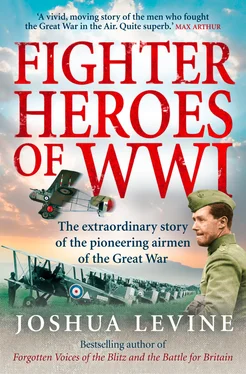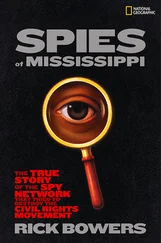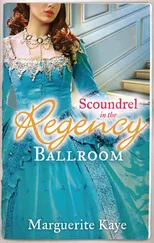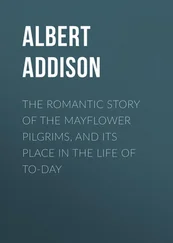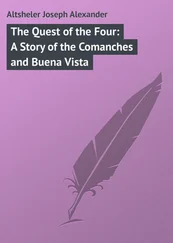
Copyright Copyright Dedication Introduction Prologue: December 1917 1 Emulating the Birds 2 The Combatants 3 A Flying Start 4 And so to War 5 An Office Job 6 Fighters and the Fokker Scourge 7 Life and Death 8 Over the Top 9 Bombing and the Royal Air Force 10 A Fight to the End Epilogue Picture Section Keep Reading Searchable Terms Acknowledgements Archived Sources About the Publisher
William Collins
An imprint of HarperCollins Publishers
77–85 Fulham Palace Road,
Hammersmith, London W6 8JB
www.harpercollins.co.uk
First published in Great Britain by William Collins in 2009
Copyright © Joshua Levine 2008
Joshua Levine asserts the moral right to be identified as the author of this work
A catalogue record for this book is available from the British Library
All rights reserved under International and Pan-American Copyright Conventions. By payment of the required fees, you have been granted the non-exclusive, non-transferable right to access and read the text of this e-book on-screen. No part of this text may be reproduced, transmitted, downloaded, decompiled, reverse engineered, or stored in or introduced into any information storage and retrieval system, in any form or by any means, whether electronic or mechanical, now known or hereinafter invented, without the express written permission of HarperCollins
HarperCollins Publishers has made every reasonable effort to ensure that any picture content and written content in this ebook has been included or removed in accordance with the contractual and technological constraints in operation at the time of publication.
Source ISBN: 9780007274949
Ebook Edition © SEPTEMBER 2014 ISBN: 9780007374069
Version: 2014-08-15
Dedication Dedication Introduction Prologue: December 1917 1 Emulating the Birds 2 The Combatants 3 A Flying Start 4 And so to War 5 An Office Job 6 Fighters and the Fokker Scourge 7 Life and Death 8 Over the Top 9 Bombing and the Royal Air Force 10 A Fight to the End Epilogue Picture Section Keep Reading Searchable Terms Acknowledgements Archived Sources About the Publisher
For Dorothy Sahm
Cover
Title Page
Copyright
Dedication
Introduction
Prologue: December 1917
1 Emulating the Birds
2 The Combatants
3 A Flying Start
4 And so to War
5 An Office Job
6 Fighters and the Fokker Scourge
7 Life and Death
8 Over the Top
9 Bombing and the Royal Air Force
10 A Fight to the End
Epilogue
Picture Section
Keep Reading
Searchable Terms
Acknowledgements
Archived Sources
About the Publisher
There are certain historical subjects which can always be counted on to capture the public imagination. One of these is infantry fighting on the Western Front, with its vivid evocations of suffering and wasted life. Yet taking place above the very same Western Front was a conflict that is less well known, but which deserves to become just as embedded in the public consciousness – the Great War in the Air.
Most people will have heard of Baron von Richthofen, but they will have little idea of why he was flying or who he was flying against. Yet the story of air fighting is one of intense human emotion, of young men growing up quickly in an exciting and terrible world, of chivalry and fear and danger, of the creation of modern warfare, of the development of modern sensibilities. Such an extraordinary story deserves a wider audience, and an acknowledgment of its place in history.
In 1976, it began to reach that wider audience when the BBC broadcast a television drama called Wings . Set in a Royal Flying Corps squadron in 1915, its central character is a young blacksmith who becomes a sergeant pilot on the Western Front. It is a moving series, which portrays the lives of young men attempting to make sense of a strange and terrifying world – and that is exactly what this book tries to do; to place individuals in the foreground who can paint detailed pictures, whilst never losing sight of the chaos erupting in the background.
Whilst writing this book, I have discovered how vivid and evocative a world it can be; I have found myself immersed in it – in its diaries, novels, letters, memoirs, aircraft, people, and sensibilities – only returning to the twenty-first century to pay the occasional bill. I hope that you, the reader, find yourself similarly engaged (not perhaps to the detriment of your household finances) so that the exploits of Mannock, Ball, James, Powell, and many others, become important to you. It is easy to identify with these recognizably modern men, carrying out a modern activity, with surprisingly modern attitudes, from a time long gone.
Whilst the time may have gone, one of its inhabitants is still with us. Henry Allingham, 111 years old as I write, served with the Royal Naval Air Service on the Western Front and at Jutland. He is a Victorian by birth, who has watched troops return from both the Boer War and the Second Gulf War. He has outlived many comrades by over ninety years, and he is the sole founder member of the Royal Air Force still alive. In the year of its ninetieth anniversary, it is fitting that we should remember the men who came together, some willingly, others less so, to form the Royal Air Force, and equally fitting that we should remember the thousands of airmen who died as it came into being.
In the pages that follow, the thoughts, feelings, fears and sensations of long ago are aired. Listen to them, and enter a world quite different to our own – inhabited by people not so very different at all.
JOSHUA LEVINE
“Some time after the Cambrai attack in 1917, my scout squadron, No. 3 RFC, which was equipped with single-seater Sopwith Camels, each carrying two Vickers guns firing through the propeller, was stationed near Bapaume, and was manned by comparatively new pilots with no combat experience to speak of, as the squadron losses in the Cambrai battle had been complete, with the exception of two pilots – myself and a Captain Babington.
One day after the two flights, ‘A’ and ‘B’, the latter under my command, had been detailed to carry out a routine patrol over the enemy lines, I remember walking across the worn grass on a bright sunny morning towards our eight machines lined up in front of the hangars. The air mechanics were standing by as usual after having very carefully checked over guns and engines. They helped us into our cockpits and saw us settled in our seats and safety belts fastened, then they climbed down with a quiet, ‘Good luck, sir.’
It was only then that the tension that was always present just before taking off on a patrol left us and we were able to think of our immediate duties. After having repeated the mechanics’ ‘Contact!’, our engines roared into life and we all revved them up against the chocks with the mechanics holding down the tail to check that we were getting full revolutions. Then I throttled down and after a glance round the flight to see that all were ready, I taxied into the wind and took off, closely followed by the whole patrol.
We climbed to cross the trenches a few miles away at 12,000 to 13,000 feet, and while doing so, fired a few rounds from both of our guns to make sure there was no jamming as this was very difficult to clear while in action. Our Camels being tail heavy, the stick had to be held between our knees to free both hands to clear the stoppage, otherwise the planes immediately shot up into a loop. The trenches beneath us wound like long scars meandering across the seemingly lifeless dun-coloured countryside, pitted with thousands of shell craters, not a single tree or building left standing anywhere near the lines.
Читать дальше
